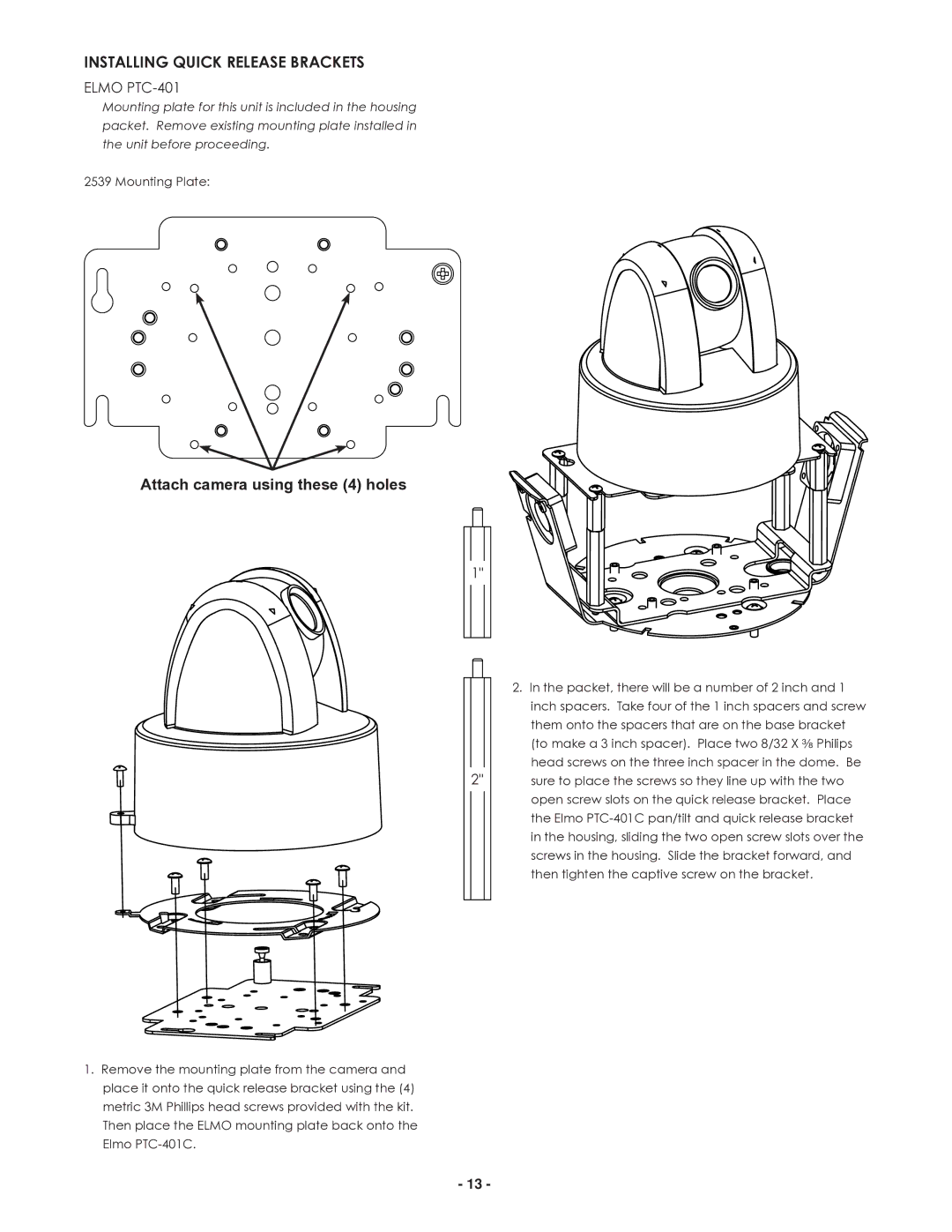FDP75C12N, FDW75C12N specifications
The Canon FDW75C12N and FDP75C12N are noteworthy models in Canon's line of high-performance projectors, designed to meet the needs of various professional environments, including corporate settings, educational institutions, and large venues. Their impressive specifications and advanced technologies ensure that they deliver exceptional visual quality and reliability.The FDW75C12N boasts a stunning native resolution of WUXGA (1920x1200), providing clear and detailed images suitable for various multimedia presentations. With a brightness of 7,500 lumens, this projector excels in lighting conditions that range from low to brightly lit environments, making it a versatile choice for any setting.
The FDP75C12N model shares similar brightness and resolution capabilities but incorporates additional features tailored for specific applications. Both models utilize advanced DLP technology, which enhances image clarity and color accuracy while minimizing artifacts, ensuring smooth and vibrant visuals.
One of the standout features of both projectors is their flexible lens options, which allow for easy installation in diverse spaces. With interchangeable lenses, users can choose the depth and angle of projection that best fits their particular setup. This flexibility makes the FDW75C12N and FDP75C12N suitable for both fixed installations in auditoriums and portable use in smaller conference rooms.
Additionally, these projectors are equipped with advanced connectivity options, including multiple HDMI inputs, VGA, USB, and even wireless capabilities, ensuring compatibility with a wide range of devices. The intuitive user interface allows for quick navigation and setup, making it easier for anyone to operate without extensive training.
On the durability front, both models are built with longevity in mind. They feature a robust cooling system that maintains optimal performance, ensuring that the projector operates efficiently even during extended use. Moreover, their energy-efficient design helps reduce overall operational costs, aligning with the growing demand for eco-friendly technology.
In conclusion, the Canon FDW75C12N and FDP75C12N projectors stand out for their exceptional brightness, versatility in connectivity, and advanced imaging technologies, making them ideal solutions for professionals seeking high-quality projection capabilities in various settings.

